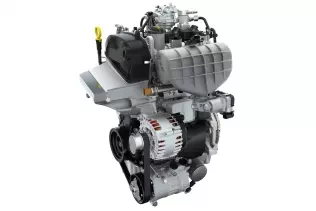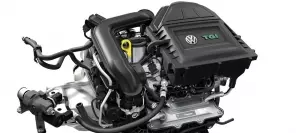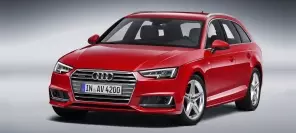- Main page
- Search
- Up to date
- Products
- Technology
- Vehicles
- Video
- Conversion Payback Simulator
Port Injection - Conversion Payback Simulator
Direct Injection - Conversion Payback Simulator
Diesel - Newsletter
1,0 TSI CNG engine to debut on Ibiza
 loading results...
loading results...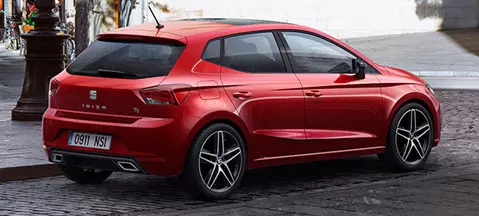 © Seat
© Seat 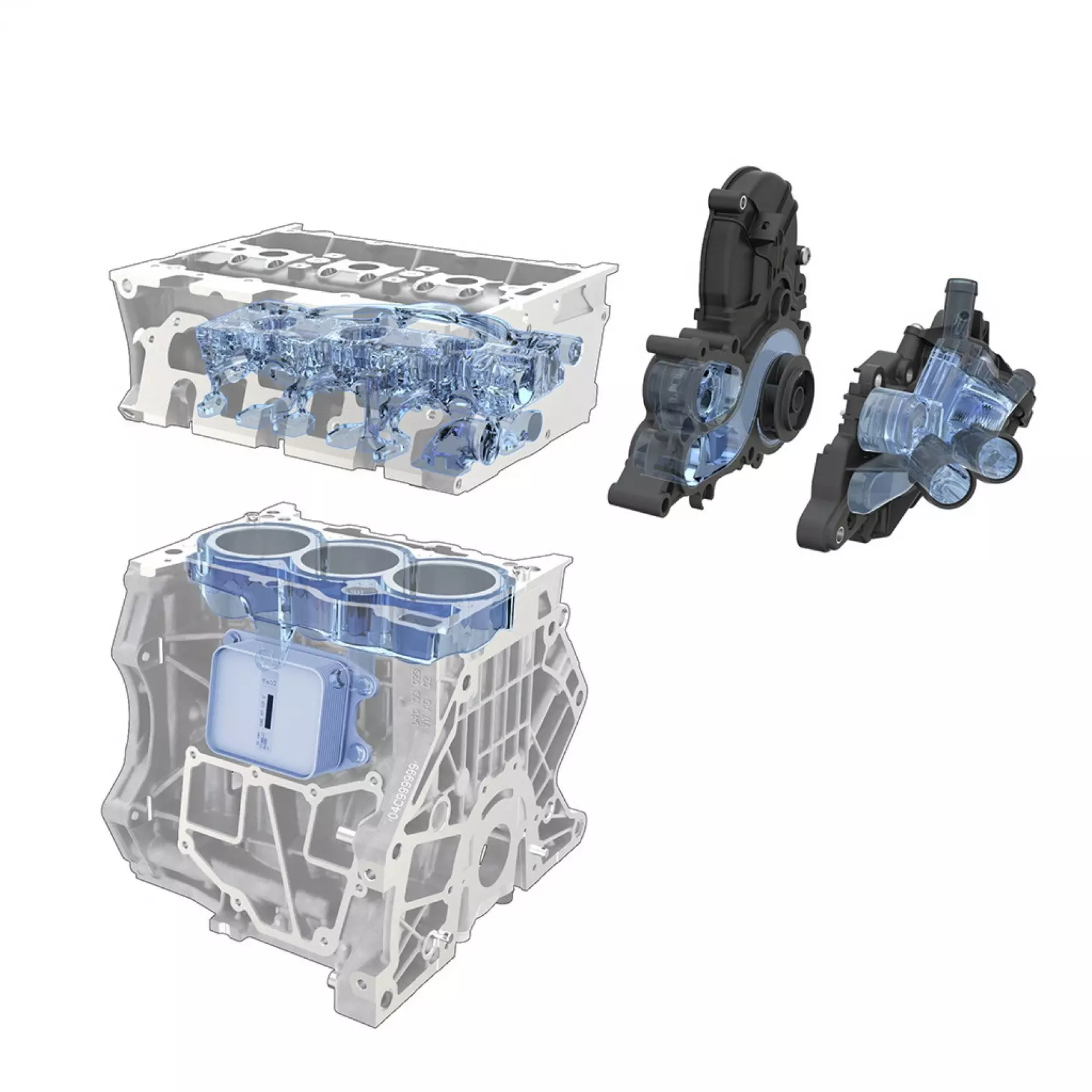 The engine features a dual cooling system for more efficient heat management
The engine features a dual cooling system for more efficient heat management 

While the CNG-powered Leon TGI featured a 4-cylinder 1,4 l TSI unit, the Ibiza will be motivated by a three-pot 1,0 l TSI engine, offering 90 PS of power. New as it is, though, the new motor is based on the EA 211 platform, shared with 1,2 and 1,4 TSI units. As with those two, cylinder base of the newcomer is 82 mm. The engine is turbocharged and has compression ratio of 10,5:1 in petrol guise. It's by 10 kg lighter than its 1,2 TSI sibling, in no small part thanks to engineering trickery making certain parts slimmer.
The 1,0 TSI features an aluminium alloy block with cylinder liners made of cast iron and GJL 250 graphite. Thanks to this choice of materials, the engine is very resistant to high temperatures (heat doesn't alter material's structure) and the block weighs in at just 15 kg. Pistons and connecting rods are light as well, plus their friction (both in terms of pistons inside cylinders and rods on the crankshaft) has been reduced to boost efficiency. The crankshaft itself is lighter than that of the 1,2 TSI engine by 6%.
The all-new Seat Ibiza will be the first car in the entire Volkswagen Group to feature a CNG-powered version of the 1,0 TSI engine and at the same time it will be the first-ever Ibiza to run on compressed natural gas straight from the factory. The Ibiza's sister models (Volkswagen Polo, Skoda Fabia, perhaps Audi A1) will probably follow, especially that all of VAG's mainstream brands already offer cars running on pressurised methane, although introducing CNG to the supermini segment is new to the company. We'll keep an eye out for more cars featuring this ingenious engine coming our way.
You may also find these interesting:
 loading results...
loading results...
